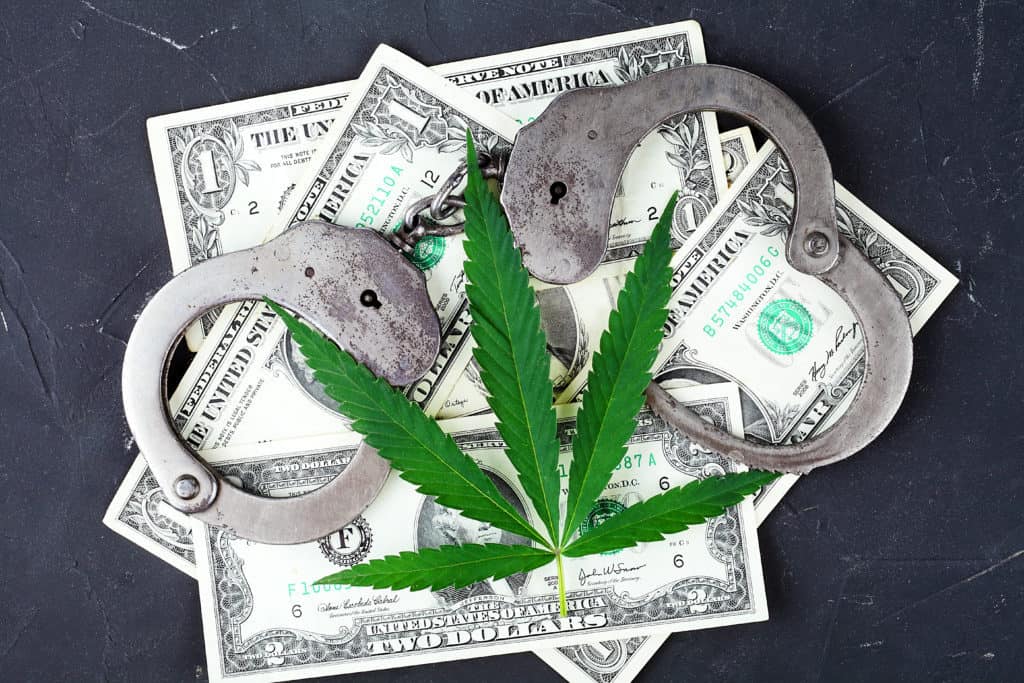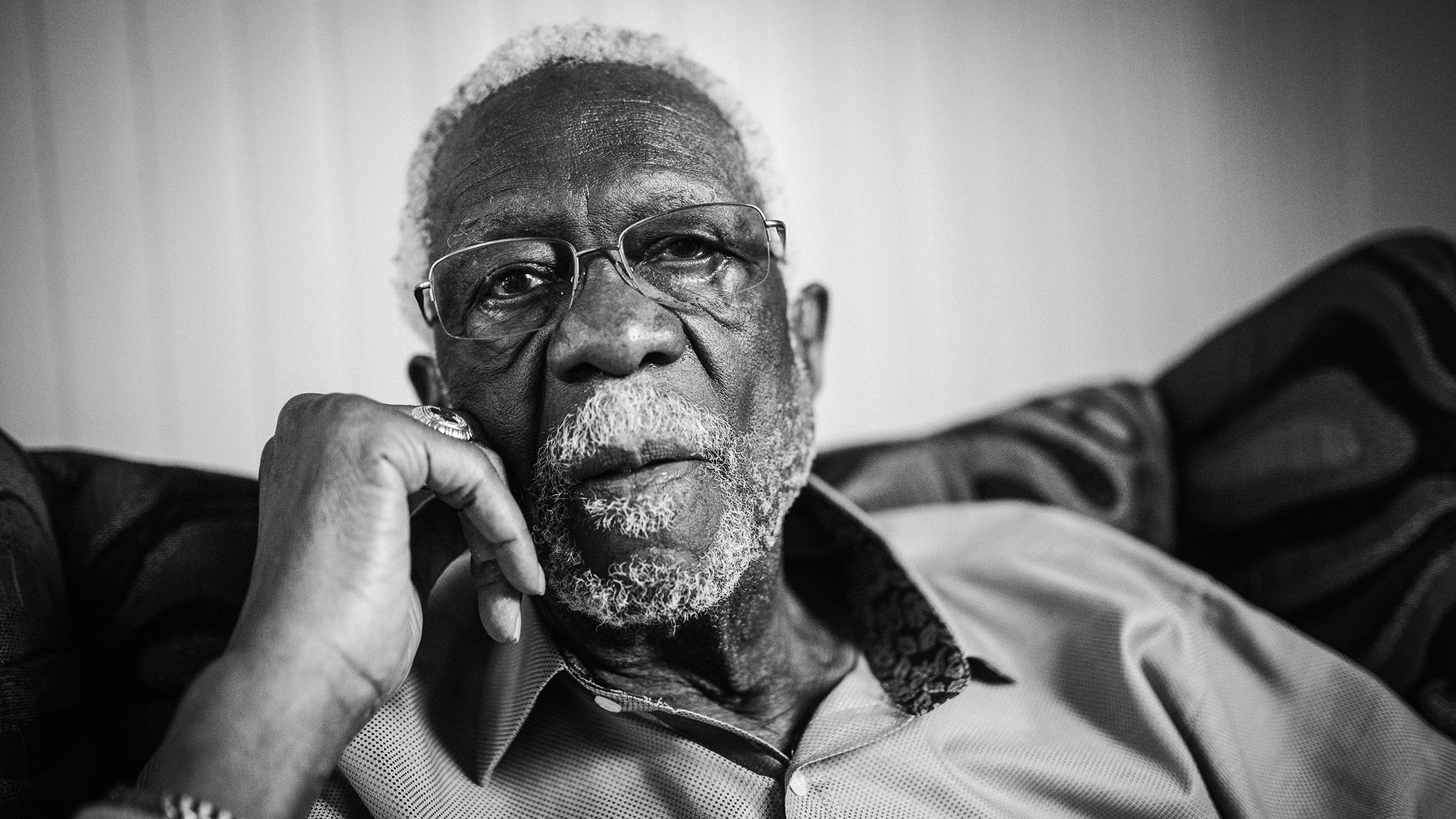
Marijuana has been recognized globally for its medical and recreational regulation. In fact, 33 U.S. states, the District of Columbia, Puerto Rico and Guam now legally allow marijuana for personal medical use.
However, up until now, the possession of marijuana is considered a federal crime similar to heroin and cocaine. There were billions wasted on marijuana arrests each year when it should have been spent for better purposes.
Our infographic will let you know what we could do with this money instead.
1. Time, Energy, and $3,6 Billion Wasted On Marijuana Arrests
According to the American Civil Liberties Union’s original analysis, the total national investment of enforcing marijuana possession laws peaked at approximately $3.613 billion. In 2010, the states allocated an estimated $1,747,157,206 for policing and regulating marijuana possession arrests, $1,371,200,815 adjudicating marijuana possession cases, and $495,611,826 incarcerating individuals for marijuana possession.
It also cost a lot of time aside from the money wasted. The New York Police Department (NYPD) made a total of 439,0056 possession (arrests alone) spanning 2002 to 2012. It equates to 1 million hours when multiplied by two and a half hours of police officer time per arrest. To put things in a microlens, it is equivalent to having 31 policemen with an eight-hour daily work, 365 days a year, 11 years straight of police operations in marijuana possession arrest.
2. What We Could Do With 3,6 Billion Instead
The money spent on marijuana arrests could be used for continual aid and support, especially during these trying times, where a pandemic has taken casualties globally.
2.1. Hospital Costs and Coverages
In a report by CNBC in reference to a study published by America’s Health Insurance Plans the average expense to administer a COVID-19 infected patient is $30,000, which includes all coronavirus-related treatment. In estimation, with 3,6 Billion, we could cover the medical cost for 120,000 patients with coronavirus.
2.2. Ventilators
Moreover, treating coronavirus patients necessitate ventilators to help them breathe underways. However, Gov. Andrew Cuomo feared that New York would run out of ventilators, considering that the state needed an estimated 30,000 ventilators to keep hospitalized patients breathing. The price for each national model-based ventilator is $31, 555, which means the state could provide 114 086 ventilators for the hospitals.
2.3. N95 Masks
The Department of Health and Human Services (HHS) announced that the US medical workers would need 3.5 billion face masks in the coronavirus pandemic fight. According to NYTimes, it is confirmed in a new analysis of 172 studies, funded by the World Health Organization, N95 masks offer 96 percent protection and they are far superior to surgical or cloth masks in protecting essential medical workers against the coronavirus.
A box of N95 masks containing 20 pieces would cost about $15 – 40 depending on the model and the type N95 masks ( data provided by 3M Company ). The state could purchase and provide 90,000,000 boxes of the N95 masks with the highest quality and model for the healthcare workers.
2.5. Increase Wage for Healthcare Workers
Healthcare workers have been battling coronavirus despite the economic shutdown. The state should focus on the nature of their work, considering these front liners perform those risky services and conditions. According to the Economic Policy Institute (EPI) data analysis, the hourly wage of Healthcare workers aged over 16 is $21,5.
Adding a double salary for nearly 28,700 healthcare workers fighting COVID in a year (assuming they work an 8-hour shift every day) to compensate for their essential services or budget allotted for their food and transportation.
2.6. Offer Scholarship Programs
The distribution of billions of dollars from marijuana cases to the education sector could also provide assistance to more than half of college students struggling with the effects of COVID-19. In a CNBC report, OneClass conducted a poll on 10,000 current first-year students, sophomores, and juniors from 200-plus colleges in the country. The survey found that 56% of college students said they could no longer afford their tuition after the pandemic.
A student’s scholarship costs yearly are measured approximately at $8,804.07. And if multiplied to four years, the whopping $3.6 billion figure could offer 102,226 Scholarships for university students for 4 years. With a large amount of money being put on marijuana arrests, there could have been hundreds of thousands of students that could be sent to universities through scholarships.
2.7. More Job Opportunities
Since the coronavirus pandemic has caused a global economic shutdown, the unemployment rate peaked in May at 13.0% from a 3.8% mark in February. This means 20.5 million Americans lost their work in May 2020 and could no longer sustain their expenses.
According to the National Priorities Project, there is an estimated $74,074.07 in cost per job created annually and with 3,6 billion we could invest in creating 48,600 jobs in the clean energy industry.
If prioritized, we could also create 36,000 jobs Supports Created in High Poverty Communities in one year. Multiplying the $100,000 allocated annual pay to 36,000 employees would total to the exact amount of money wasted on marijuana arrests. Job creation activities would include working with local businesses (“anchor institutions” such as hospitals or universities), government, and improving and expanding access to transit, education, job training, and childcare.
3. Conclusion
Despite the wide-known usage and legalization of Marijuana, federal laws have decriminalized the possession of it. It has led to sweeping arrests over the past years, wasting time and money for policing and regulating marijuana possession constraints—which also concluded into permanent consequences for convicted individuals.
To this day, the state has spent an estimation of 3.6 billion dollars for the recreational drug issue, which could have been utilized to compensate and cater to the casualties brought by the coronavirus pandemic as well as providing scholarship grants and creating new job opportunities.











